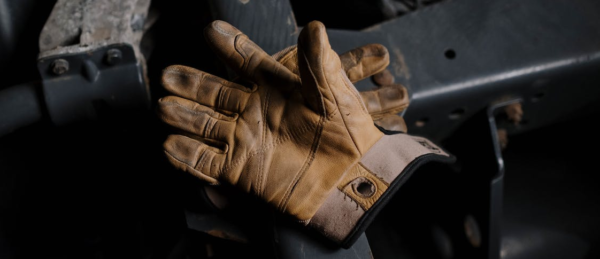Are Gardening Gloves Really Necessary?
Protecting Your Hands in the Garden Gardening has become a popular pastime for many people in recent years, thanks in part to the rise of the “green” and “sustainable” lifestyle movements. With that rise has come increased interest in gardening tools and equipment, including gardening gloves. But are garden gloves really necessary? And if so, how do you choose the right ones?And why is it especially important to wear gloves when working in the garden?
Advantages:
1)Protection from cuts and scratches: gardening can be a rough and tumble activity, with sharp plants and tools that can easily cut or scratch your skin. Gardening gloves provide a barrier between your skin and these sharp objects, reducing the risk of injury.
2)Protection from thorns and nettles: certain plants, such as roses, have thorns that can cut and scratch your skin. Nettles, meanwhile, can cause itching and irritation if they come into contact with you skin. Gardening gloves provide a layer of protection that can prevent these types of injuries.
3) Improved Grip: some gardening gloves are designed to provide better grip, which can be especially beneficial when dealing with wet, slippery conditions.
Disadvantages:
Reduced Dexterity: some gardening gloves can be bulky or stiff, which can reduce your ability to maneuver and work with small or delicate plants.
Reduced Sensitivity: Gloves can also reduce the sense of touch in your hands, making it harder to feel what you’re doing, which can lead to damage to plants or other items.
Not wearing gardening gloves may cause your hands to be pricked or scratched by sharp plants, such as roses and cacti.
Avoid itching and irritation caused by plants such as nettles that come into contact with your skin while gardening.
For instance, if you need to prune thorny plants, choose gloves with extended cuffs and extra padding in the palms and fingertips for extra protection. In summary, gardening gloves are an essential piece of equipment that can help you stay safe and comfortable while working in your garden. Choose a pair that fits well, provides the necessary protection and grip, and is made of durable, comfortable materials. With the right gloves, your gardening experience will be much more enjoyable and productive. Choose a pair that fits well, provides the necessary protection and grip. With the right gloves, your gardenin experience will be much more enjoyable and productive.
HOW TO CHOOSE GARDENING GLOVES?
Tips: recommendations from five perspectives:
1. Material: Gardening gloves can be made of a variety of materials, including leather, cotton and synthetic materials. Synthetic and rubber gloves are great for wet conditions because they are waterproof, while cotton and leather gloves are more breathable.
2. Size: Make sure to choose a pair of gloves that fit snugly without being too tight. gloves that re too loose can affect your dexterity, while gloves that are too tight can be uncomfortable and reduce circulation.
3. Grip: Look for gloves that provide a good grip on tools and plants.
4. Durability: Make sure to choose gloves that are durable and can stand up to the rigors of gardening. Look for gloves with reinforced seams and thick materials that can resist punctures and tears.
5. Purpose: Depending on the specific work in your garden, you may want to choose gloves that have specific features.
I hope this article is helpful to you who are looking for gardening gloves!








